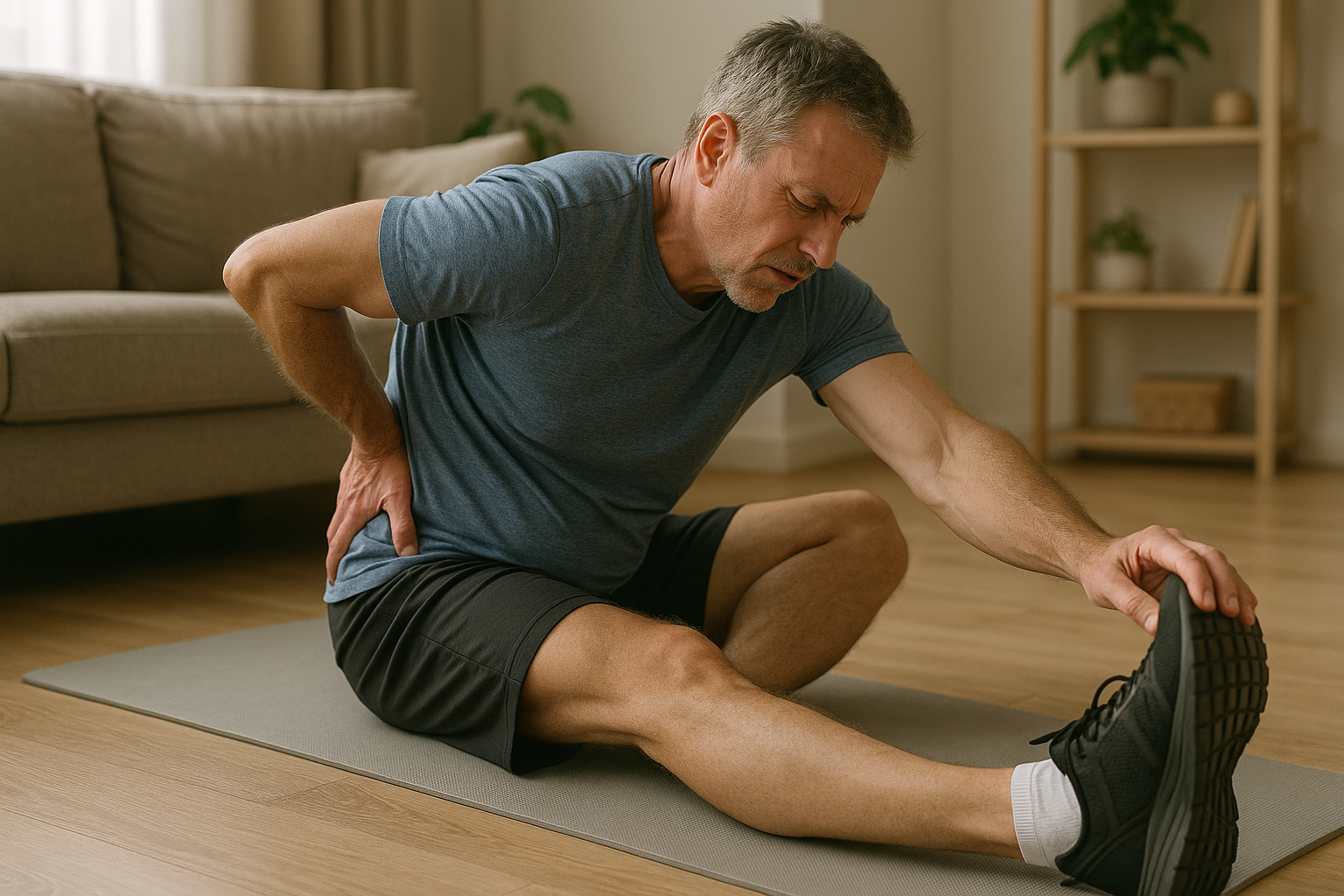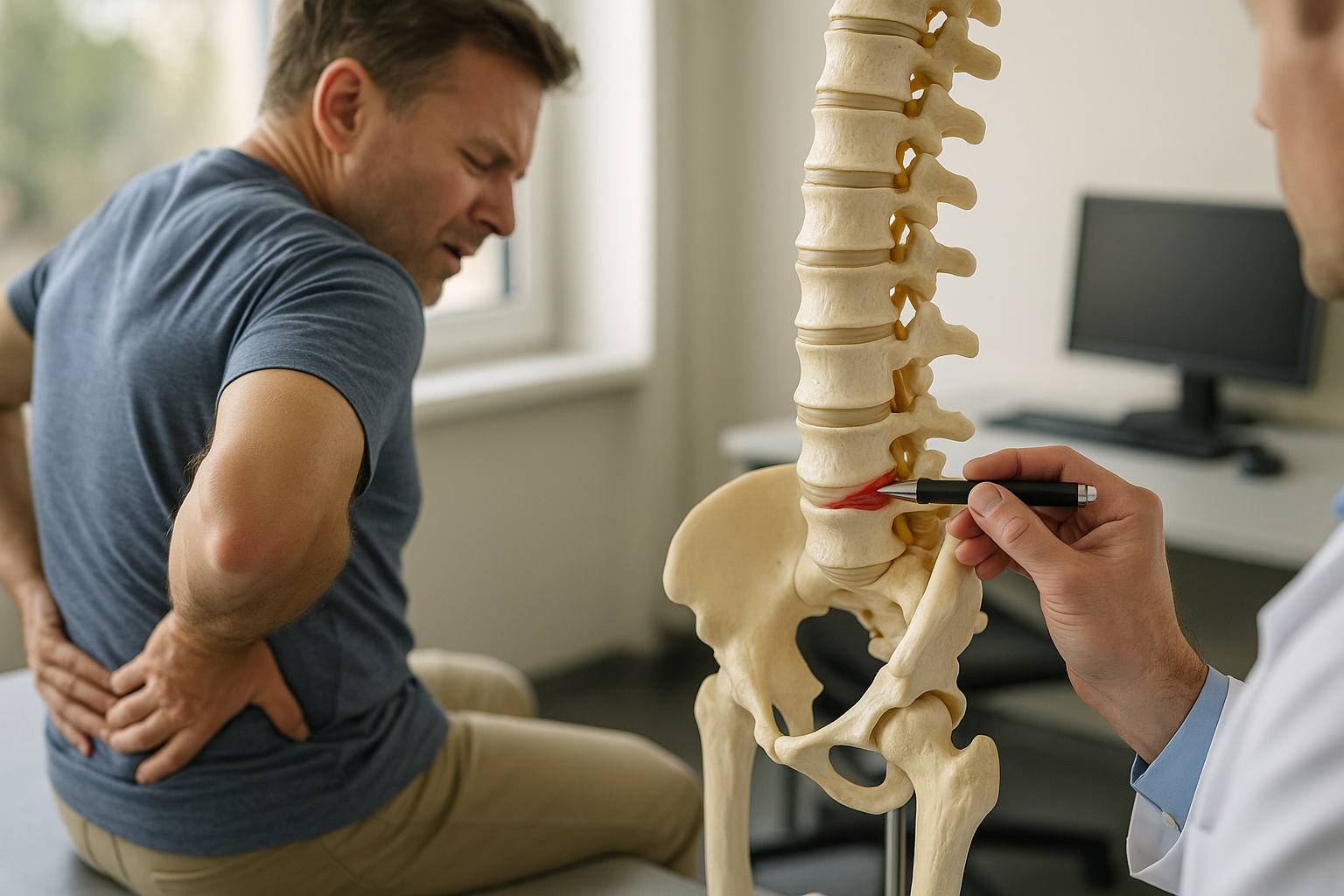In today's fast-paced world, the pursuit of holistic relaxation has become more crucial than ever. As stress levels soar, the interconnectedness of mind and body wellness underscores the need for effective relaxation techniques that cater to both physical and mental health. This growing awareness has led to a surge in interest in relaxation exercises that promise not only immediate relief but also long-term wellbeing.
The importance of relaxation
Relaxation exercises offer a myriad of benefits that extend beyond the immediate feeling of calm. Engaging in these practices can significantly reduce stress and anxiety, improve sleep quality, and enhance overall wellbeing. The beauty of these exercises lies in their accessibility and adaptability, allowing individuals to seamlessly incorporate them into their daily routines. Clinically proven techniques provide the assurance that these methods are not only effective but also backed by scientific research. By dedicating just a few minutes each day to relaxation exercises, individuals can experience profound improvements in their mental and physical health.
Overview of techniques
As we delve into the world of relaxation exercises, several techniques stand out for their effectiveness and ease of practice. Progressive Muscle Relaxation (PMR) is a popular method that involves systematically tensing and relaxing different muscle groups to release tension and promote deep physical calm. Body scan exercises, on the other hand, focus on mindfulness by mentally scanning the body to identify and release tension, often accompanied by focused breathing to enhance the relaxation response.
Deep breathing techniques, such as diaphragmatic or belly breathing, are integral to relaxation routines, offering immediate calming effects on both the mind and body. These techniques can be practiced independently or in combination with others, such as PMR and body scans, to amplify their benefits. Guided imagery, another powerful tool, involves visualizing calming scenes to further enhance relaxation and mental clarity.
In the sections that follow, we will explore these techniques in greater detail, providing practical insights and evidence-based benefits to help you achieve total mind and body bliss. By incorporating these exercises into your daily life, you can cultivate a sense of tranquility and resilience amidst the challenges of modern living.
Progressive muscle relaxation: a step-by-step guide
Progressive Muscle Relaxation (PMR) is a cornerstone technique in the realm of relaxation exercises, renowned for its systematic approach to alleviating physical tension. This method involves deliberately tensing specific muscle groups followed by a gradual release, promoting a profound state of relaxation. To practice PMR, begin by finding a quiet, comfortable space where you can sit or lie down without distractions.
Start from either the toes or the head, working your way through the body. For each muscle group, tense the muscles for about five seconds, then relax them for 30 seconds. For instance, if starting from the toes, curl them tightly, hold, and then release. Gradually move up to the calves, thighs, abdomen, and so forth, until you've covered all major muscle groups. This process not only relieves physical tension but also fosters a heightened sense of awareness and control over bodily sensations.

Lumbar support belt
Provides lower back support to relieve pain and tension in the lumbar region.
The physiological shift: from fight-or-flight to rest-and-digest
The physiological benefits of PMR are rooted in its ability to transition the body from the sympathetic nervous system's "fight-or-flight" response to the parasympathetic "rest-and-digest" state. This shift is crucial in reducing heart rate, lowering blood pressure, and diminishing muscle tension. By engaging in PMR regularly, individuals can experience a reduction in stress-related symptoms, paving the way for improved sleep and overall wellbeing.
Body scan exercises: cultivating mindfulness
Body scan exercises are another powerful tool in the relaxation arsenal, focusing on mindfulness and body awareness. This technique involves mentally scanning each part of the body, from head to toe, to identify areas of tension and consciously release it. Find a quiet space, close your eyes, and take a few deep breaths to center yourself. Begin the scan at the top of your head, moving slowly down to your toes, pausing at each area to notice any sensations or tension. Use your breath to help release any tightness you encounter.
Incorporating focused breathing into body scan exercises enhances the relaxation response, anchoring your attention and promoting a deeper sense of calm. This practice not only reduces stress but also improves sleep quality and increases body awareness, helping you maintain a balanced state of mind and body.
Deep breathing: the foundation of relaxation
Deep breathing, or diaphragmatic breathing, is a fundamental component of relaxation exercises, offering immediate calming effects on the mind and body. To practice deep breathing, sit or lie down in a comfortable position. Place one hand on your chest and the other on your abdomen. Inhale deeply through your nose, allowing your diaphragm to expand and push your abdomen out. Exhale slowly through your mouth, feeling your abdomen contract. This technique can be practiced independently or integrated with other relaxation methods like PMR and body scans to amplify their benefits.
Deep breathing helps to regulate the autonomic nervous system, promoting a state of relaxation and reducing symptoms of stress and anxiety. Its simplicity and effectiveness make it an ideal technique for quick relief during stressful moments or as a regular practice to maintain overall wellbeing.
Guided imagery: visualizing calm
Guided imagery involves visualizing calming scenes or scenarios to enhance relaxation and mental clarity. This technique can be combined with PMR or practiced on its own. Find a comfortable position, close your eyes, and take a few deep breaths. Imagine yourself in a peaceful setting, such as a beach, forest, or any place that evokes tranquility for you. Engage all your senses in the visualization, noticing the sights, sounds, and even smells of your imagined environment.
Guided imagery can significantly reduce symptoms of stress and anxiety, improve mood, and enhance mental clarity. By regularly practicing this technique, you can cultivate a mental sanctuary that promotes resilience and emotional balance amidst life's challenges.
Incorporating these relaxation exercises into your daily routine can lead to profound improvements in both mental and physical health. By dedicating time to practice these techniques, you can achieve a state of total relaxation, fostering mind and body bliss.
Guided imagery: envisioning tranquility
Guided imagery is a powerful relaxation technique that involves visualizing peaceful and calming scenes to enhance mental clarity and emotional balance. This method can be seamlessly integrated with Progressive Muscle Relaxation (PMR) or practiced independently. To begin, find a quiet and comfortable space where you can sit or lie down without interruptions. Close your eyes and take a few deep breaths to center yourself.
Imagine yourself in a serene environment that evokes tranquility for you, such as a beach at sunset, a quiet forest, or a blooming garden. Engage all your senses in the visualization—notice the colors, sounds, and even the scents of your imagined surroundings. This immersive experience can significantly reduce symptoms of stress and anxiety, improve mood, and enhance mental clarity.
Regular practice of guided imagery can help cultivate a mental sanctuary, providing a refuge from the stresses of daily life. By dedicating time to this technique, you can foster resilience and emotional balance, contributing to overall mind and body bliss.
Evidence of effectiveness
Numerous studies support the effectiveness of relaxation exercises like PMR, deep breathing, and guided imagery in reducing stress, anxiety, and chronic pain. Research indicates that these techniques can enhance sleep quality, improve focus, and boost overall wellbeing. By regularly practicing these methods, individuals can experience a shift in their physiological state, moving from the "fight-or-flight" response to a "rest-and-digest" state, which is essential for recovery and relaxation.

Men's Posture Shirt™ - White
Improves posture and helps relieve tension and pain with patented NeuroBand™ technology.
Furthermore, these practices have been shown to increase optimism and self-confidence, making them valuable tools for personal development and stress management. The scientific backing of these techniques provides reassurance of their benefits, encouraging more people to incorporate them into their daily routines.
Frequently asked questions
Is PMR safe for everyone?
Progressive Muscle Relaxation (PMR) is generally safe for most individuals. However, those with specific health conditions, such as muscle injuries or severe pain, should consult a healthcare professional before starting PMR. It is important to practice PMR gently and avoid overexerting any muscle group.
How quickly can I feel results?
The effects of relaxation exercises can vary from person to person. Some individuals may experience immediate relaxation and stress relief after a single session, while others might notice gradual improvements over time with consistent practice. Regular engagement in these techniques can lead to more profound and lasting benefits.
What’s the best time of day to practice?
The optimal time for practicing relaxation exercises depends on individual preferences and schedules. Many people find it beneficial to practice in the morning to start the day with a calm mindset or in the evening to unwind before sleep. Experimenting with different times can help you find what works best for you.
Can these techniques be practiced at work?
Yes, relaxation exercises can be adapted for workplace settings. Short sessions of deep breathing, body scans, or guided imagery can be performed during breaks or at your desk to alleviate stress and enhance focus. Creating a calm and quiet environment, even for a few minutes, can make a significant difference in your workday.
Are there any tools or apps that can help?
There are several apps and online resources available that offer guided sessions for relaxation techniques. Popular apps like Headspace, Calm, and Insight Timer provide step-by-step instructions and audio guides for practices such as PMR, deep breathing, and guided imagery, making it easier to incorporate these exercises into your daily routine.
Kilder
- Froedtert & MCW. "Relaxation Body Scan Exercise for Stress Relief."
- Cleveland Clinic. "Progressive Muscle Relaxation (PMR)."
- Stanford Medicine. "Cyclic Sighing Can Help Breathe Away Anxiety."
- U.S. Department of Veterans Affairs. "Progressive Muscle Relaxation."
- National Center for Biotechnology Information. "Relaxation Techniques."
- Centre for Clinical Interventions. "Reducing Physical Tension."
- Mayo Clinic. "Relaxation Techniques: Try These Steps to Reduce Stress."
- American Psychiatric Association. "Relaxation Techniques for Mental Wellness."


















